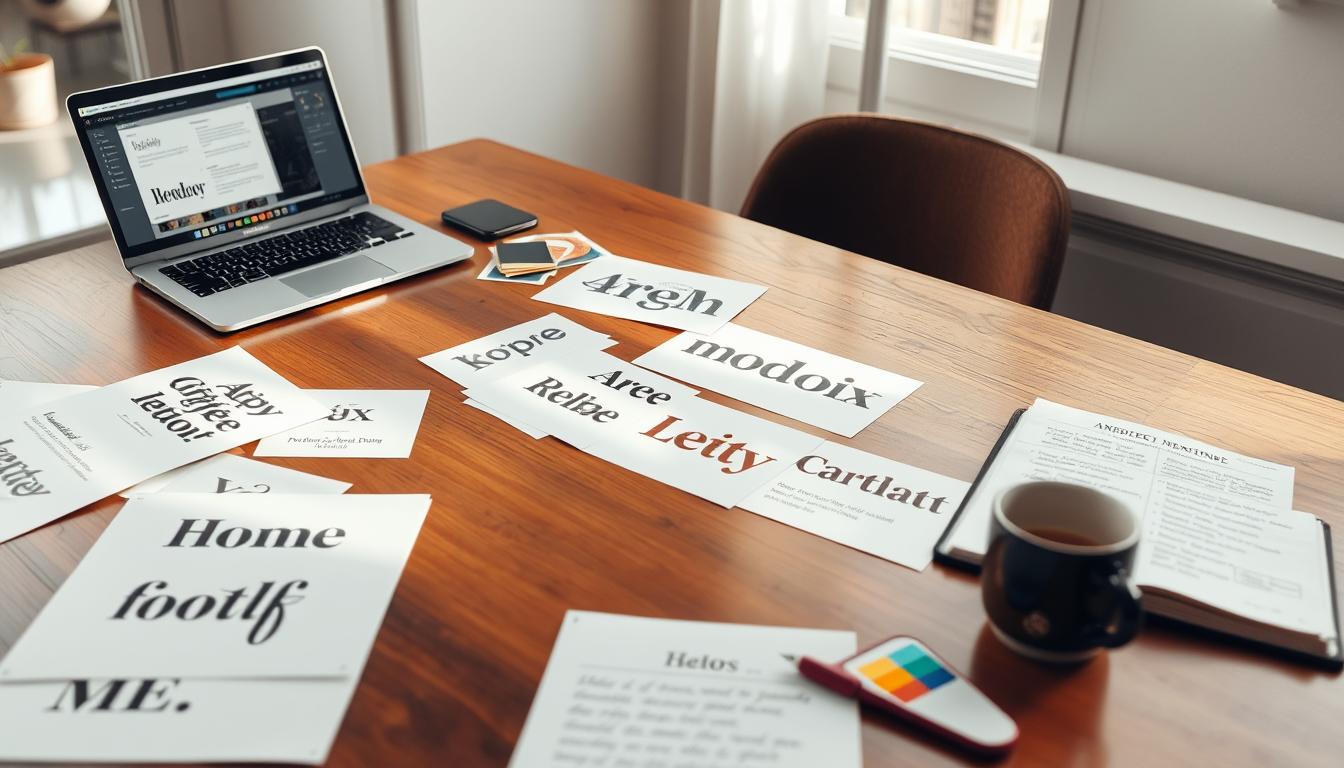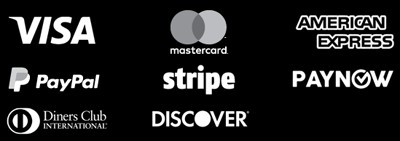Choosing the Right Font for Printed Content
Choosing the right font for printed content is key to making designs that grab attention. This article will share tips on picking the best font size, style, and formatting. These choices improve legibility and readability, matching your brand and content type. When designing a book, magazine, or other printed material, your font choice is vital. It sets the tone and mood of your content. By understanding font selection and typography, you can make your printed pieces stunning, readable, and accessible to your audience. Key Takeaways Serif fonts like Palatino, Georgia, and Times New Roman are preferred for body text due to their readability and legibility. Sans-serif fonts like Helvetica are recommended for headings to avoid strain on readers when used in body copy. Consider the genre and topic of your printed content when choosing fonts to evoke the right emotions and meet reader expectations. Prioritize fonts that offer high readability and legibility, especially for large blocks of text. Consult recommended font lists from publishing platforms to ensure compatibility and alignment with industry standards. Check Your Brand Standards Before picking a font for your printed stuff, check your brand’s guidelines first. Many companies have certain fonts they want used in their marketing. It’s key to follow these rules to keep your brand looking consistent and strong. If your brand has a specific font or fonts, stick to those. This keeps your printed stuff looking like it belongs together. It makes your brand look more professional and easy to recognize. Align with Brand Fonts When picking a font, think about this: Find out the brand fonts in your company’s brand guidelines. Make sure the font you pick matches your brand fonts. Keep your brand consistency by using the right brand fonts in all your printed stuff. Following your brand’s font rules helps keep your brand identity strong. It makes your printed content look smooth and professional. Brand Font Used Font Classification Rolex Baskerville Serif Tiffany & Co. Bodoni Serif Microsoft Segoe UI Sans Serif Coca-Cola Spencerian Script Script LEGO LEGO Italic Decorative Understand Font Classifications Choosing the right font is key for printed content. It affects the look, feel, and how easy it is to read. There are several main types of fonts, each with its own style and purpose. Knowing these can help you pick the best font for your content. Serif fonts have small strokes at the ends of letters, giving them a classic look. They’re great for body text because they’re easy to read. Sans-serif fonts don’t have these strokes, making them look clean and modern. They’re good for headlines and body text. Slab serif fonts have thick, block-like serifs, adding weight to headlines. Script fonts look like cursive writing and are best for short headlines or accents. Decorative or display fonts are very stylized but can be hard to read in big blocks of text. Handwriting fonts look like they were written by hand, adding a casual or personal touch. These classifications give you many options for your printed content. “The right font can set the tone for your entire piece of content, so it’s important to choose wisely.” Consider Readability and Legibility When picking fonts for your printed stuff, focus on making it easy to read. Readability means how well you can understand the text. Legibility is about seeing each letter and word clearly. Fonts like Garamond, Georgia, or Times New Roman are great for this. These fonts help your eyes move smoothly through text. This makes long texts easier to get through. Optimize for Readability and Legibility Use an effective font size of at least 16px for most body text. Aim for line lengths between 45 to 90 characters for optimal readability. Maintain a line height of at least 1.5 for longer passages of text. Include at least 1em of whitespace between paragraphs for proper separation. Avoid excessive use of italic or bold text, as they can negatively impact readability. Steer clear of lengthy sections of uppercase text, as it can decrease readability. Consider adjusting letterspacing, with looser spacing for small text and tighter spacing for large text. By choosing fonts that are easy to read, you make your content better. This improves the experience for your audience. “Choosing the right font can make all the difference in creating a positive and engaging reading experience for your audience.” Align with Brand Identity Choosing the right fonts for your printed content is key. They should match your brand’s identity and the message you want to share. The fonts should look good, be easy to read, and show your brand’s unique voice. They should also connect with your audience on an emotional level. A sleek, modern sans-serif font is perfect for tech companies. It shows innovation and professionalism. On the other hand, a traditional serif font is great for luxury brands. It brings a timeless and sophisticated look. Fonts should also fit the style and tone of your content. This could be a business report, a design portfolio, or a book. The right font can make your content stand out. The brand identity you create with fonts is very important. It shapes how people first see your brand and builds a lasting connection. Try different font combinations and ask for feedback. This helps make sure your fonts show your brand’s personality and values well. “Fonts have the power to shape a brand’s identity and evoke specific emotions in the audience. Choosing the right typefaces is essential for creating a cohesive and impactful visual identity.” By matching your font choices with your brand identity, brand voice, and the emotions you want to share, you can make your printed content striking. Remember, the fonts should not only look good but also capture the heart of your brand. How to Choose the Right Font Size and Style for Printed Content Choosing the right font size and font style is key for making your printed content look good and easy to read. The text size should be big enough to read … Read more


